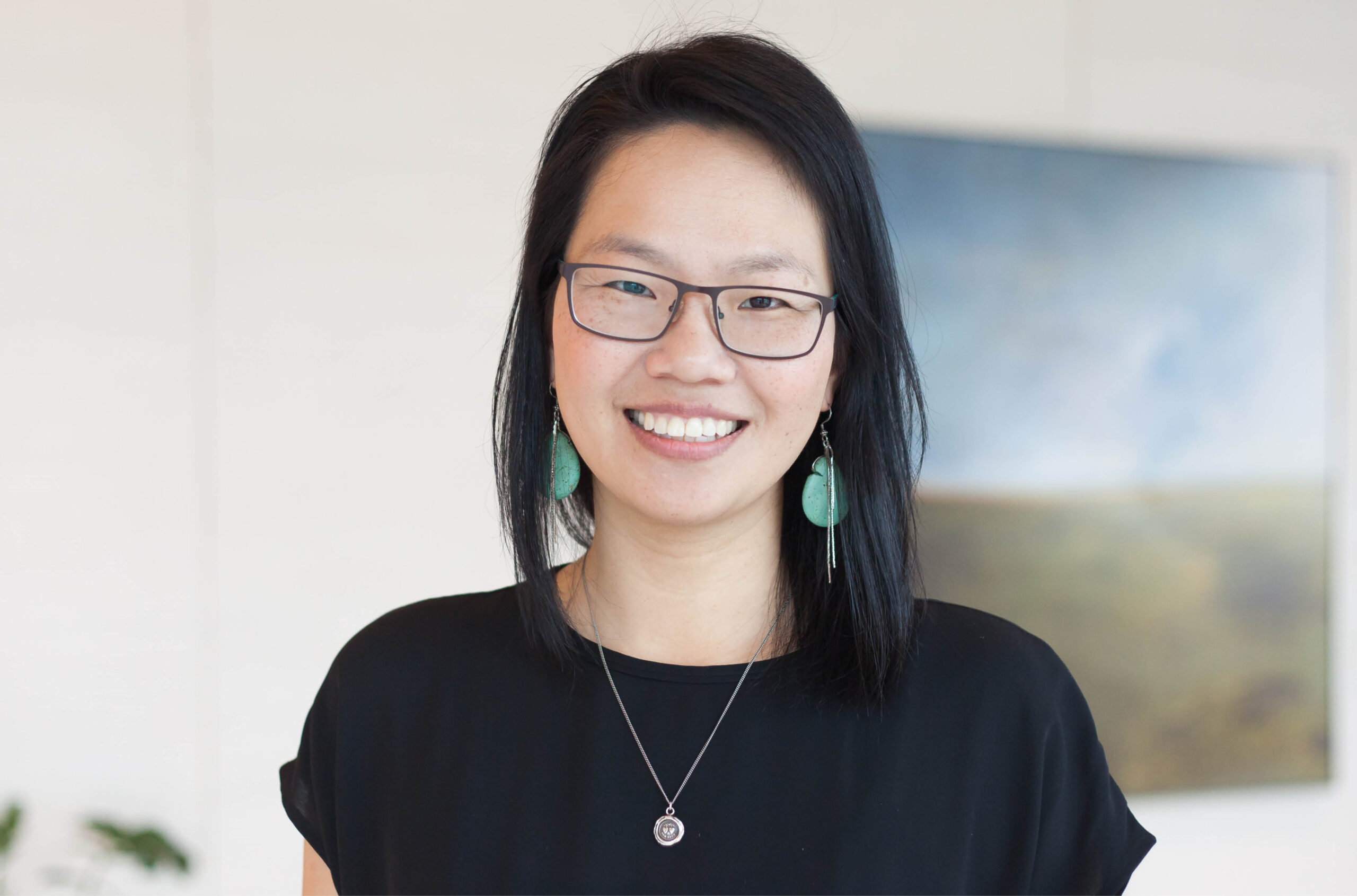The constraint caused by COVID-19 reveals a new community of practice approach
The COVID-19 crisis brings teaching and learning opportunity.

With Canadian universities dispensing with classroom instruction due to the COVID-19 pandemic, instructors have been given the opportunity to find new approaches to teaching students online.
My stem cell biology graduate course has two weekly themes: a Thursday lecture focused on a specific stem cell type, followed by Tuesday paper discussions. Two papers are distributed on the Thursday with the expectation that everyone is prepared to discuss the papers on the following Tuesday. Each paper is assigned a discussion lead. Similar to a journal club, we use this approach to train science students how to critically evaluate research, while reinforcing in a specific topic.
By definition, journal clubs are supposed to be a community-of-practice teaching approach. While students can evaluate publications in isolation, a learning community provides a richer, more stimulating setting than self-learning alone. A social setting allows participants to test ideas, challenge inferences and interpretations, and process new information with each other. This creates a complex and fruitful learning experience.
Midterm, as COVID-19 was just emerging, I advised my students that I was unsatisfied with the first round of paper discussions. Instead of leading discussions, my leads presented PowerPoint lectures. This is no different than many journal clubs I have attended. Instead of being a setting that inspires collaboration and community-building, journal clubs have become a chore for presenters to update their peers, most of whom have not read the paper.
Leading a good paper discussion can be difficult. Despite trying to promote classroom psychological safety by reminding students that there are no stupid questions (or answers), students, especially the introverts, are reluctant to speak out. Discussion leads hate the silence that comes with asking a question. And they hate to put someone in the hot seat because “what goes around comes around.”
However, just as I was making suggestions on how to promote better discussions, I was told to suspend my classroom teaching and to move everything online. While this seemed straightforward for the lectures, I was stumped by how to pursue paper discussions online because of the potential lack of fluidity.
Fortunately, last semester I had experimented with online forum discussions of professional development topics where students could weigh in over the course of the week. This approach gave introverts the opportunity to “participate.” It also helped to prime a follow-up classroom discussion.
Although this approach showed potential merit for paper discussions, I wanted something that was bound within class time. I realized that an online chat room (I opted to use the chat function through Desire to Learn) could provide the perfect setting.
We did our first online paper chat this past Tuesday and it was very successful. Discussion leads were each given 40 minutes to lead their discussion. The first lead was very formal in her approach, asking eight questions and allotting five minutes of chat per question. Following the first question, the answers came fast and furious.
Not only did everyone participate, including the discussion leads, I was even pulled into the discussion. Although the second discussion lead was less formal in her division of time and questions, her discussion was also vibrant, and at class end I had to cut the discussion off.
Online chats come naturally to millennials and I was very impressed with the discourse. Feedback from the students was positive. Many students exclaimed that they had fun. One introvert even admitted that it helped her to come out of her shell.
Creativity expert Patricia Stokes has taught us that creative breakthroughs often come from constraints that are either self-imposed or placed upon us. While the COVID-19 pandemic poses a threat to universities, it also presents an opportunity to approach our teaching in new ways.
Featured Jobs
- Education - Indigenous Lecturer or Assistant Professor, 2-year term (Teacher Education)Western University
- Political Science - Assistant Professor (Political Theory)Saint Mary's University
- Chaire de recherche du Canada, niveau 2 sur l'inclusion dans l'éducation de la petite enfanceUniversité du Québec à Trois-Rivières (UQTR)
- Business - Assistant Professor (Digital Technology)Queen's University
- Psychology - Assistant Professor (Quantitative Methods / Data Science)MacEwan University
















Post a comment
University Affairs moderates all comments according to the following guidelines. If approved, comments generally appear within one business day. We may republish particularly insightful remarks in our print edition or elsewhere.